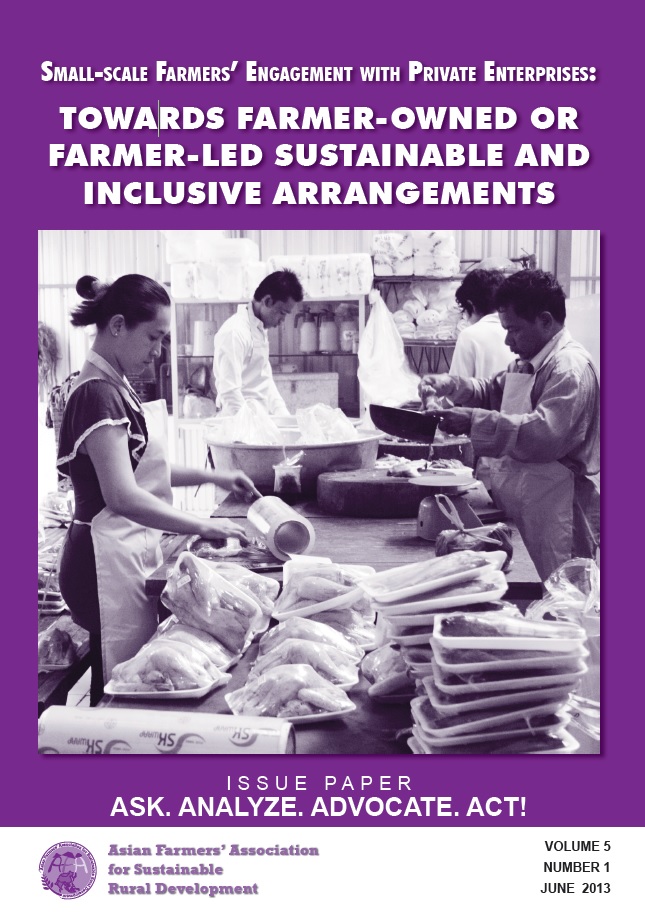Small-Scale Farmers’ Engagement with Private Enterprises: Towards Farmer-Owned or Farmer-Led Sustainable and Inclusive Arrangements
“In Cambodia, Thida is happy. Her organization, Farmer and Nature Net (FNN), encouraged her to start raising organic pigs to sell to the market. A partner NGO, the Cambodian Center for Study and Development in Agriculture (CEDAC), gave her the necessary training on how to raise pigs the organic and healthy way. Now, she no longer needs to go to town to buy expensive feeds because she can source and make these from the various plants and materials around her.




